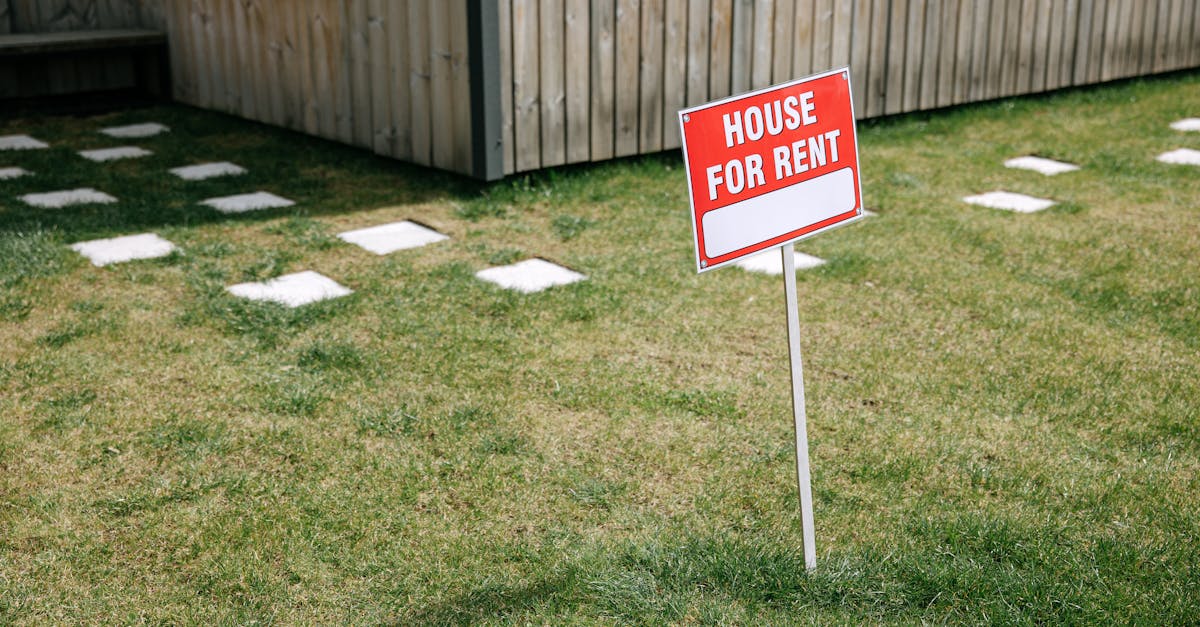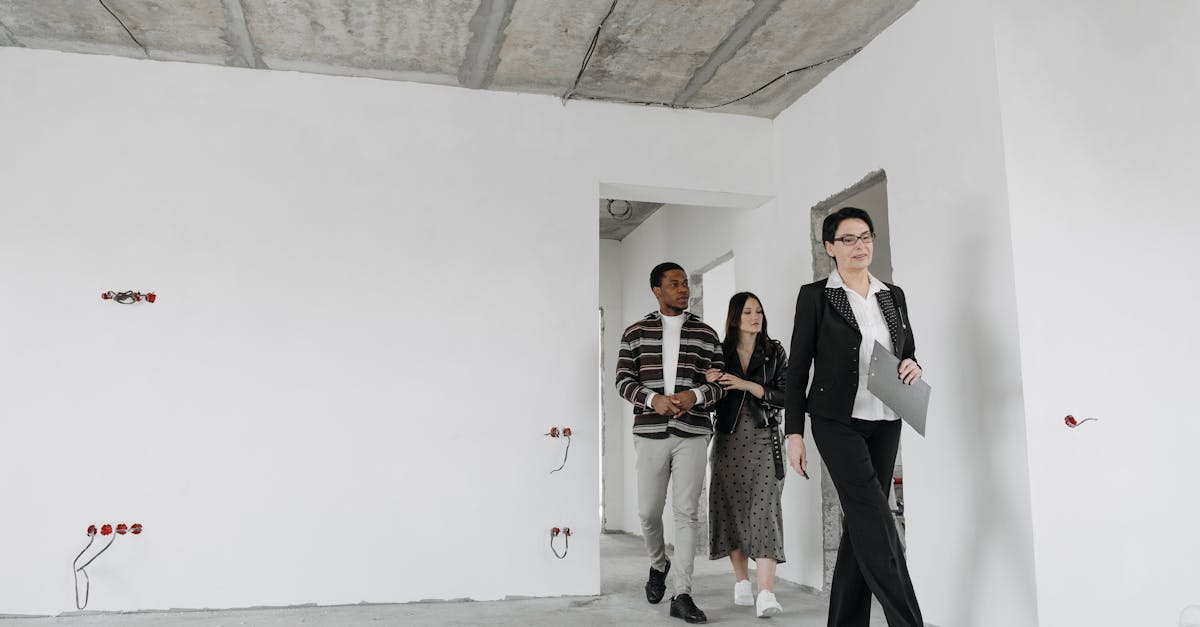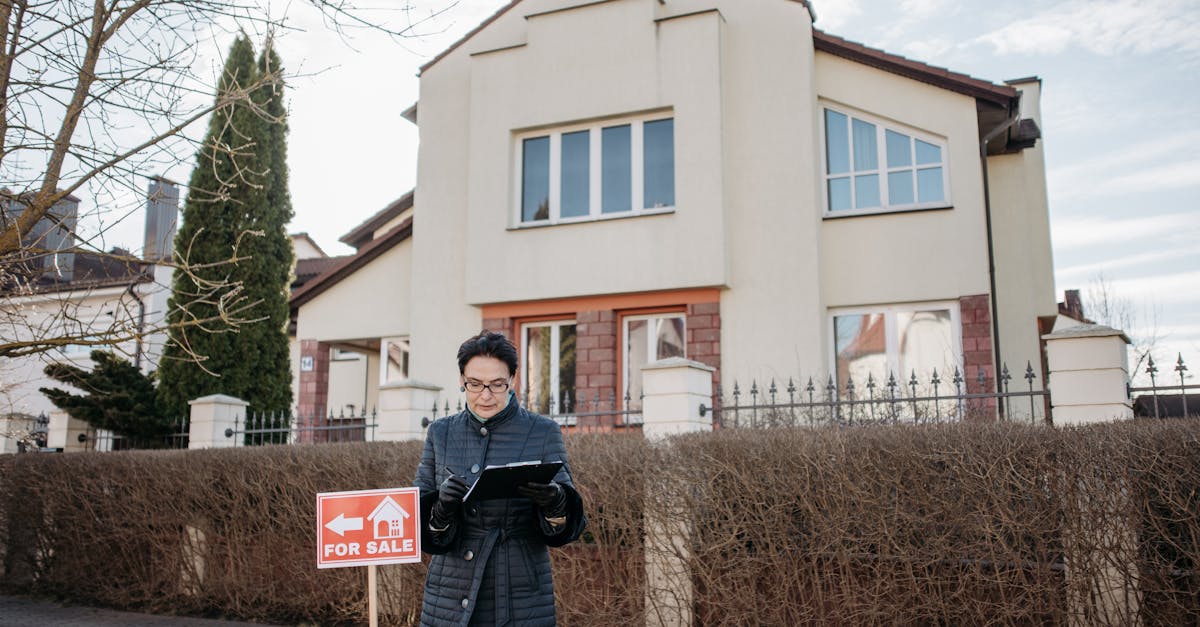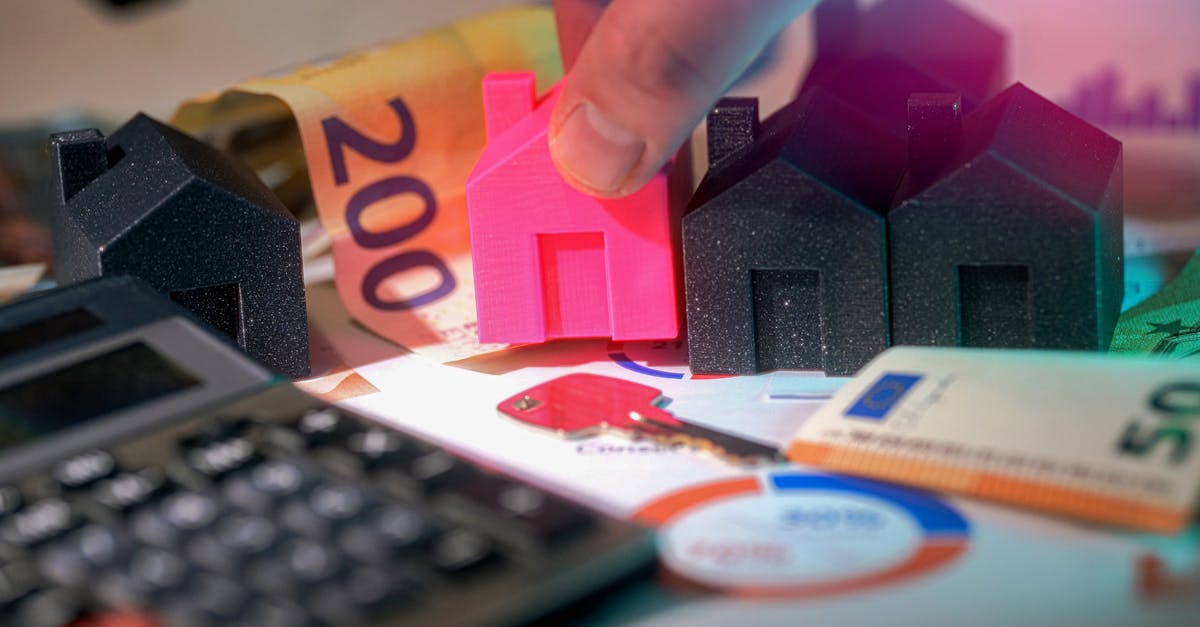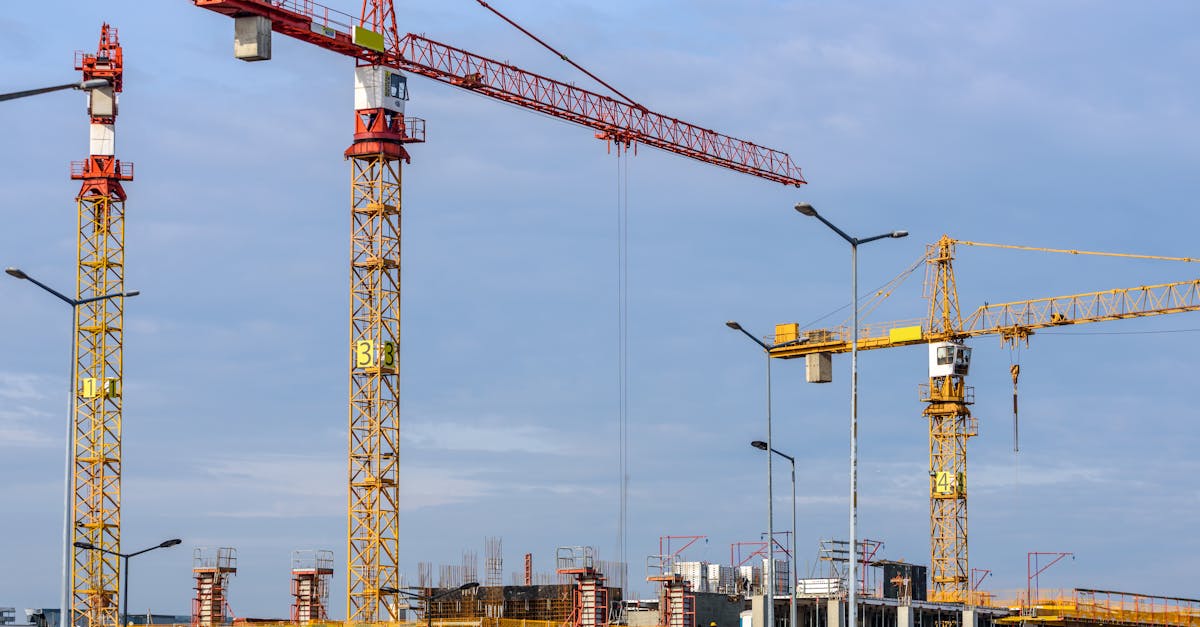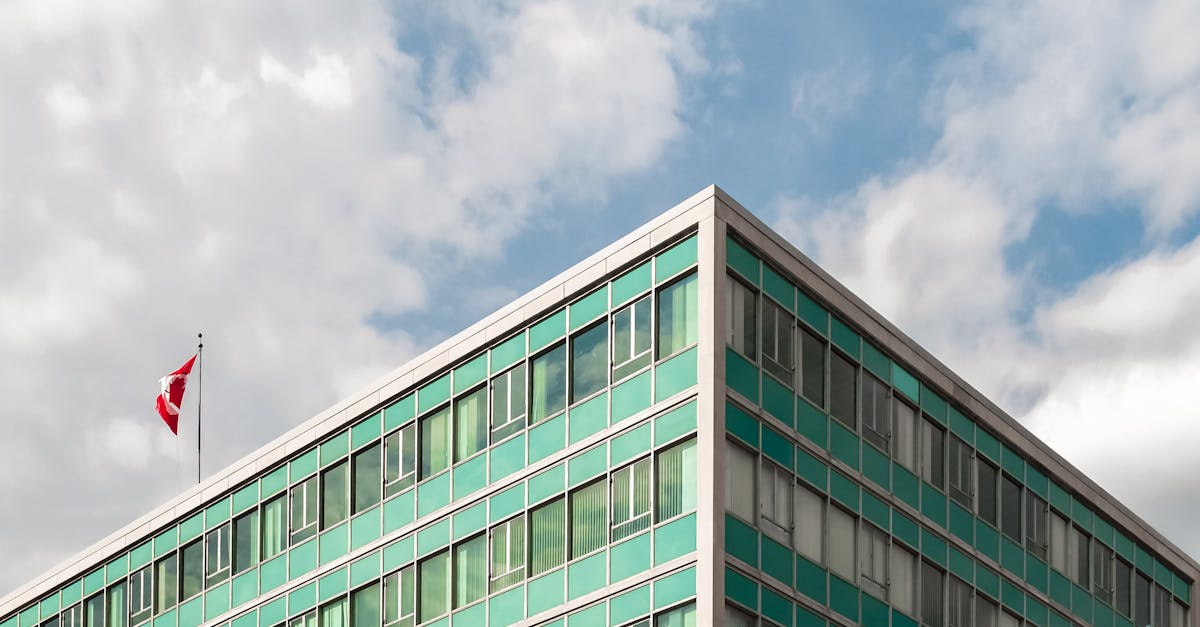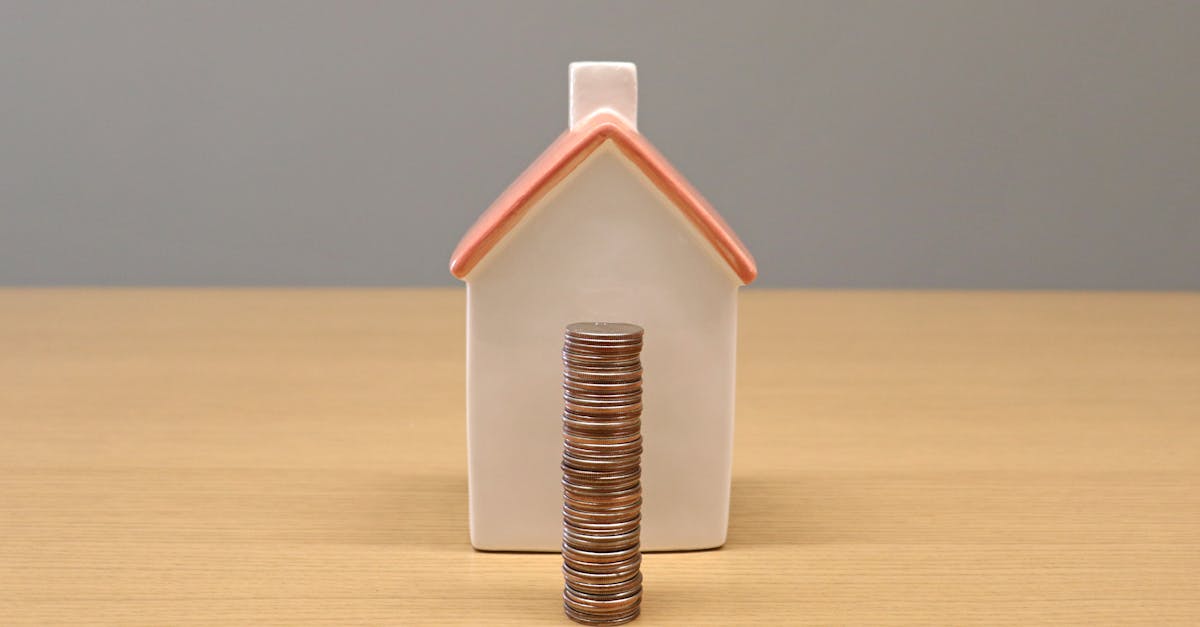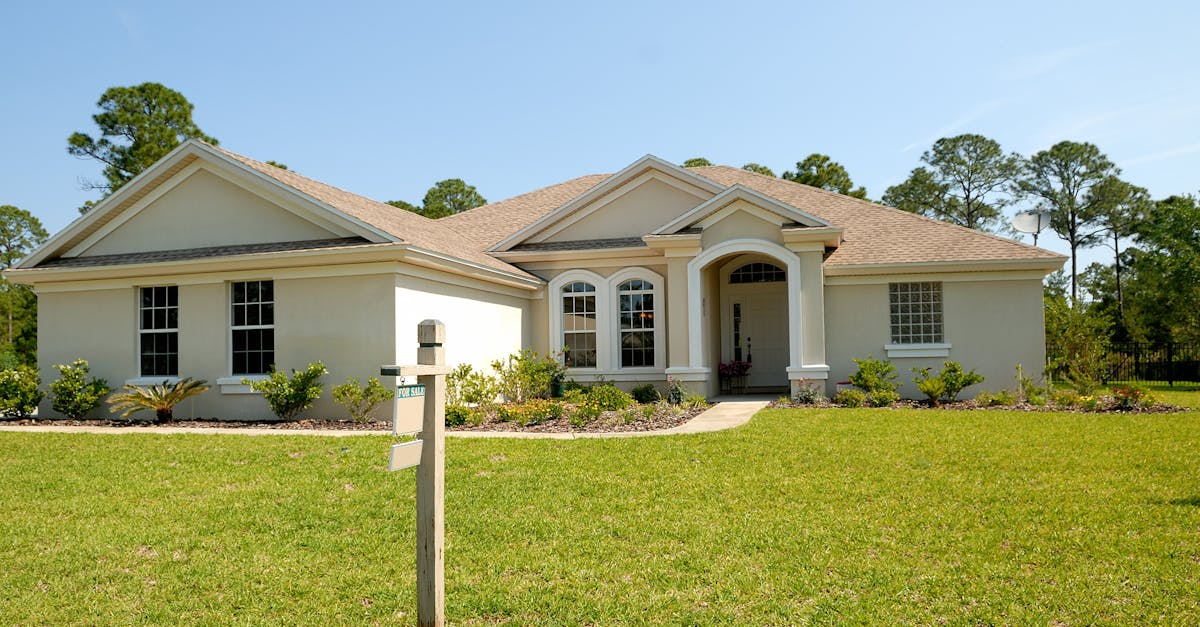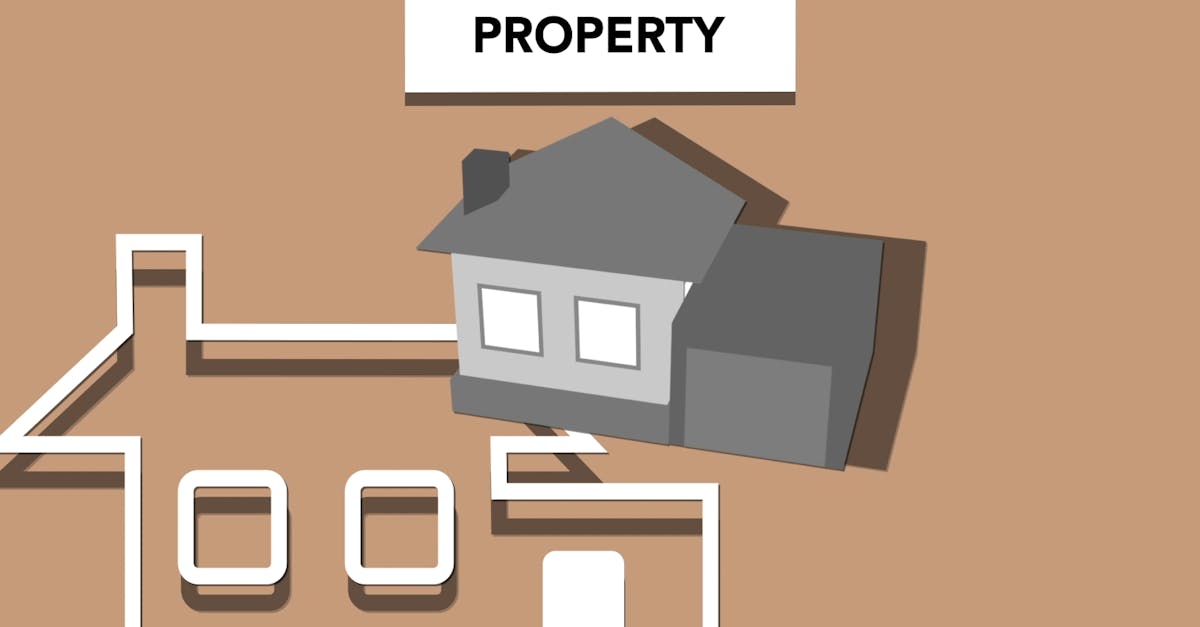The Future Of Real Estate Development In Urban Areas
Introduction
Urban areas worldwide are experiencing a rapid transformation in their landscape, both in physical infrastructure and societal needs. As populations continue to burgeon, the demands placed on real estate developers evolve, necessitating innovative responses. The future of real estate development in urban environments is on the cusp of change, driven by technological advancements, shifting consumer expectations, and regulatory frameworks. Rising environmental concerns and the pursuit of sustainable living are further catalyzing these changes, ensuring that development is not just about buildings, but communities. This article aims to explore the emerging trends, opportunities, and challenges defining the future of real estate development in cities.
Advertisement
Technology Redefining Urban Landscapes
Technology is at the forefront of revolutionizing real estate development in urban areas. From utilizing smart technologies to integrating IoT (Internet of Things) in buildings, digital innovations are enhancing urban living. Intelligent buildings now come equipped with automated climate controls, smart lighting systems, and robust security features, offering unparalleled convenience to occupants. Beyond individual buildings, developers are implementing GIS (Geographic Information Systems) for city planning, optimizing land use, and improving infrastructure placement. As technology continues to evolve, the adoption of AI and machine learning in predictive modelling for real estate markets is set to offer developers invaluable insights.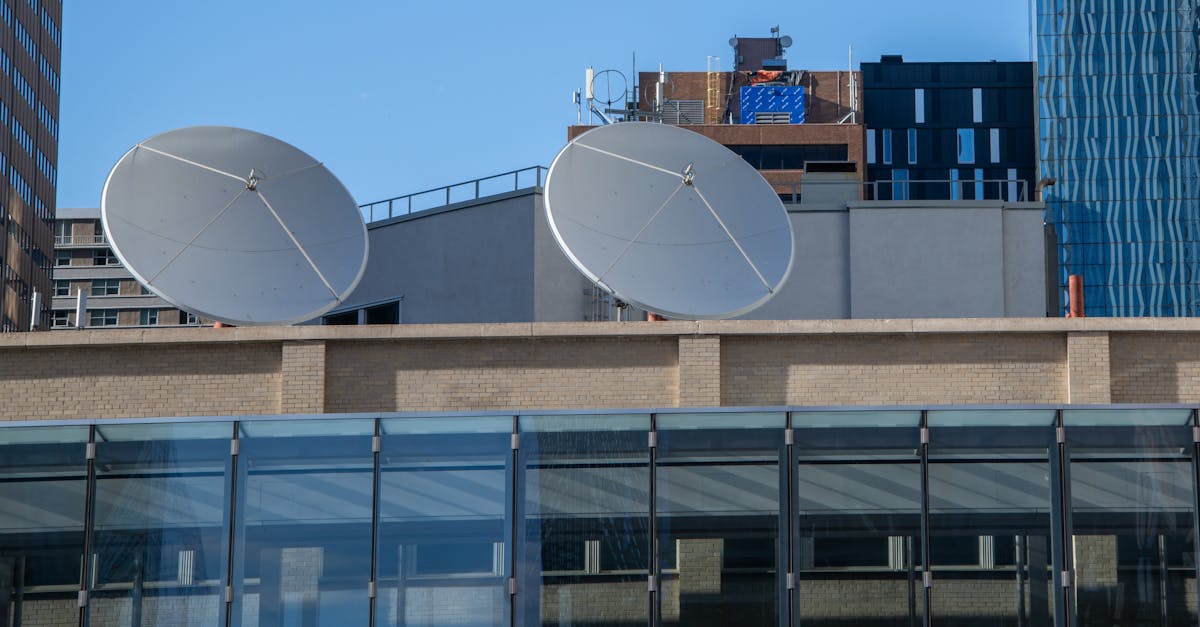
Advertisement
The Rise of Sustainable Development
Sustainability has emerged as a key focus in urban real estate development, with eco-friendly practices becoming more than just a trend but a necessity. Developers are prioritizing energy-efficient designs, incorporating renewable energy sources, and utilizing sustainable materials. Green building certifications, such as LEED (Leadership in Energy and Environmental Design), are now benchmark standards for new developments. Urban projects are increasingly accommodating green spaces, community gardens, and areas promoting biodiversity. This shift is supported by fiscal incentives and regulatory encouragement from governments, aiming to reduce urban carbon footprints and foster healthier living environments.
Advertisement
Adaptive Reuse and Urban Renewal
Space is a premium in urban centers, prompting the rise of adaptive reuse—the repurposing of old structures for new uses. Historical buildings are being transformed into residential spaces, boutique hotels, and cultural hubs, preserving architectural history while injecting new life into neighborhoods. Real estate development is also revitalizing underutilized and derelict areas, addressing urban sprawl and revitalizing city centers. This approach not only enhances sustainability by reducing the need for new materials but also enriches community character and honors cultural heritage. Developers are partnering with local governments to ensure urban renewal aligns with community needs.
Advertisement
The Impact of Changing Demographics
Real estate development must account for the shifting demographics of urban populations, as cities are increasingly inhabited by diverse age groups and cultures. Millennials and younger generations prioritize amenities, proximity to public transit, and lifestyle flexibility, while older populations often require accessible, age-friendly living spaces. Developers are responding with multi-functional residential units catering to these varied needs, including co-living spaces and senior-friendly apartments. As urban areas grow ever more multicultural, integrating community spaces that promote inclusivity and social interaction will remain vital.
Advertisement
Affordability and Housing Crisis
One of the most pressing challenges facing urban real estate development is the affordability and availability of housing. With urban populations soaring, the demand-supply gap continues to widen. Developers and policymakers are working together to create affordable housing solutions, fostering public-private partnerships to ease the housing crisis. Some strategies include modular construction methods to lower costs, integrating affordable units in luxury developments, and adopting rent-control measures to protect vulnerable communities. The future of urban development will require a delicate balance between profitability and societal responsibility.
Advertisement
Smart Infrastructure and Connectivity
Infrastructure is the backbone of urban living, and future developments will emphasize connectivity and smart infrastructure. Cities are investing in digital infrastructure that supports a broad spectrum of services, including autonomous public transport systems and enhanced telecommunication networks. Developments in edge computing and 5G technology are expected to shape cities' digital landscapes, offering faster, more efficient connectivity. The integration of technology within infrastructural development ensures not only innovation but also resilience and adaptability to the needs of future inhabitants.
Advertisement
Policy and Regulatory Transformations
Policy and regulations are critical in guiding the trajectory of real estate development in urban landscapes. Governments worldwide are adapting policies to encourage sustainable development practices and incentivize green building initiatives. Regulatory frameworks are evolving to ensure that developments align with broader urban planning goals, including affordable housing mandates and zoning laws that reflect changing societal needs. Developers must navigate a complex landscape of local, national, and international regulations, understanding that policy shifts can have profound impacts on project planning and execution.
Advertisement
Community-Centric Development
Future real estate developments in urban areas will increasingly focus on community-centric approaches, recognizing the importance of fostering social cohesion and well-being. Developers are now emphasizing mixed-use developments that incorporate residential, commercial, and leisure spaces into a cohesive whole, promoting vibrant, liveable neighborhoods. Community engagement is becoming a crucial element of the planning process, ensuring that developments reflect the aspirations and needs of current and future residents. Shared spaces, such as parks and community centers, will play a pivotal role in strengthening urban communities, balancing development with human-centric design.
Advertisement
Conclusion
The future of real estate development in urban areas is intrinsically linked to a tapestry of evolving technological, environmental, demographic, and policy trends. As cities become increasingly dense and complex, developers face both unprecedented challenges and opportunities to redefine urban living. Technology and sustainability will act as pillars, driving innovative solutions to housing, infrastructure, and community needs. By embracing these changes, urban real estate development can create resilient, inclusive, and dynamic cities that cater to diverse populations. Ultimately, successful future developments will foster harmony between built environments and the people who inhabit them, crafting urban spaces that are not just functional, but thriving communities.
Advertisement
